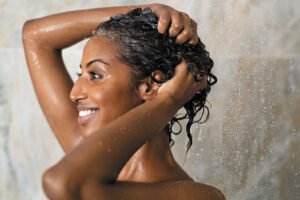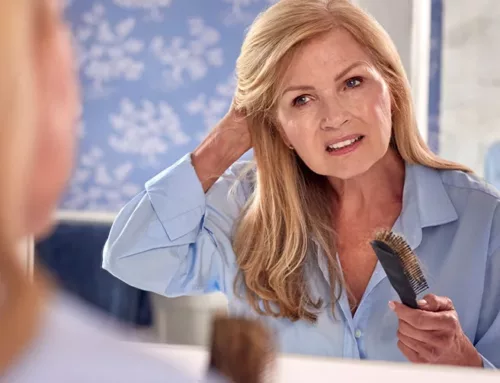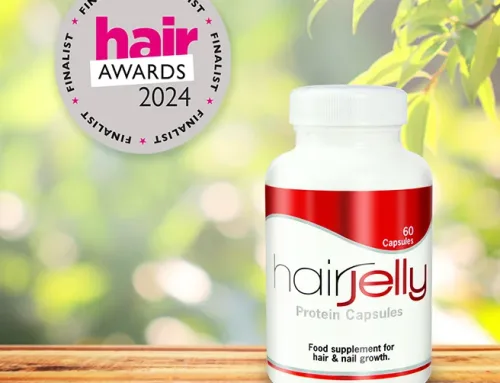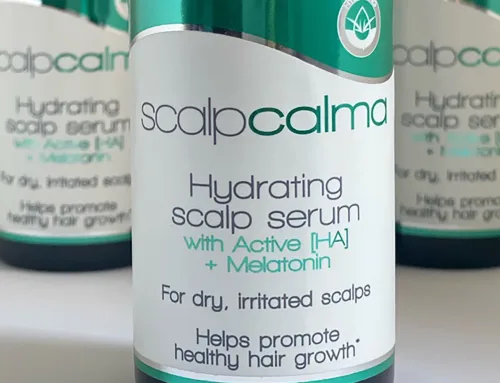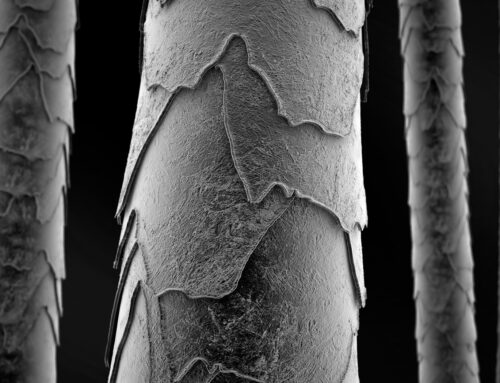Basic enough question, until I realised there are many different aspects of the process which all need addressing to gain the benefit of your shampoo.
I won’t go into the detail on what makes a good shampoo as this is a whole subject in itself, but I can give you some simply tips to help whatever type of hair you have!
If you have knotty hair, brush before you wash your hair.
- Wet your hair thoroughly. Once you think it’s wet enough, wet it again, hair can be very absorbent and shampoos are made to be used on wet surfaces! Run your fingers through your hair to make sure all of it (even the ends) are fully wet.
- Apply your shampoo. Don’t just blob it on in one place and scrub!
Apply evenly to your hands. If you have short hair, aim for a dollop of shampoo that’s about the size of a 50p.
For shoulder-length hair, double that, and if you have long hair, you’ll want to squeeze enough shampoo to roughly cover your palm.
Secret tip: Your hair doesn’t need cleaning, your scalp does!
So, concentrate on applying the shampoo in sweeping motions from the front of the scalp to the back applying pressure to the tips of your fingers to create grooves to the scalp.
Massage the shampoo into the scalp, and once there is a dense cream to the scalp then you can work down the hair length, it doesn’t matter if there ends of the hair feel as though there is shampoo on it, as you rinse these areas will get clean.
Don’t scrub or pile all your hair up on your scalp and rub, this will create tangles and knots.
Concentrate on the scalp!
If medicated or a therapeutic shampoo – wait for 3-5 minutes before rinsing.
3. Rinse thoroughly. Spend 1 to 2 minutes rinsing your hair to be sure no shampoo remains. One of the biggest mistakes people make is accidentally leaving shampoo in their hair.
4. Repeat. Wash your hair (scalp) twice, any grease/oil/build up will prevent the actions of the product from performing optimally.
If you have a sensitive scalp hair, you might want to try rinsing with cool water, as it has a less drying effect on the skin.
Secret tip: Conditioners usually are not designed to go on to the scalp, a conditioner lubricates hair (it doesn’t moisturise), so if you think of it that way if you apply your basic conditioner to the scalp, it will just sit on the surface*.
5. Apply conditioner to hair’s mid-length/ends if over approx. 15-20cm.
Apply the same amount of conditioner you used for the shampoo but stroke it through the mid-length and ends of the hair.
Some conditioners need to sit for 2 to 3 minutes, while others require 5 to 7 minutes, you can use a wide-tooth comb to detangle your hair if you want.
6. Rinse again. Just like with shampoo, make sure you get it all out.
7. Dry. Towel dry your hair. Be sure to squeeze or pat your hair dry instead of rubbing it. If you can, use a microfiber towel. The rougher the material fibre, the more damage it may cause to your hair. If you want to, you can also add in a detangler or leave in conditioner after towel drying.

